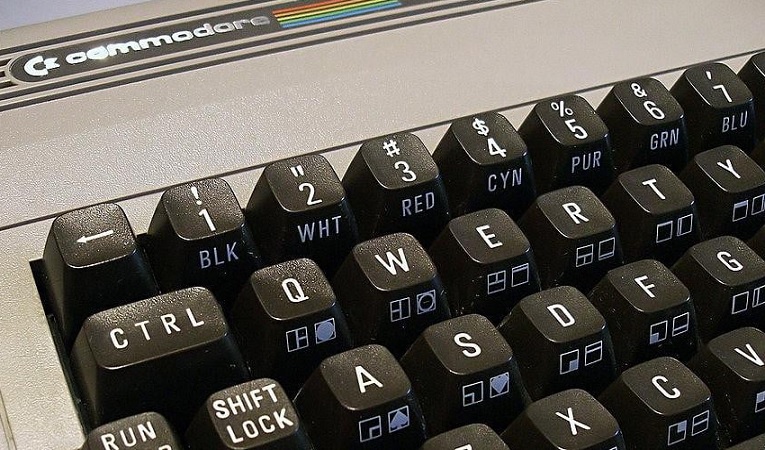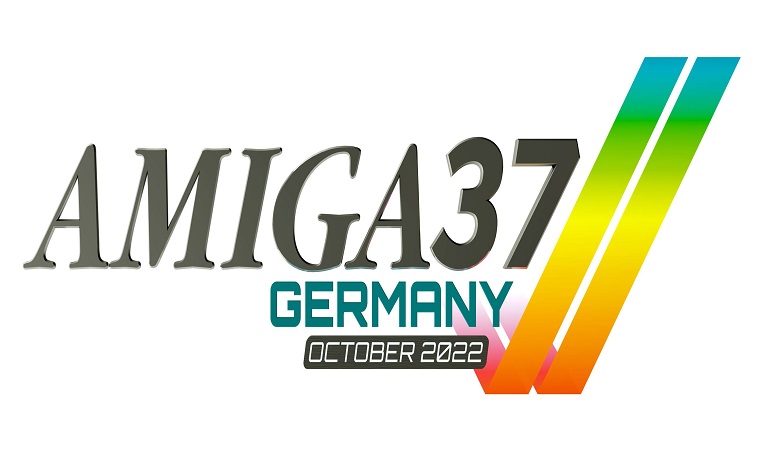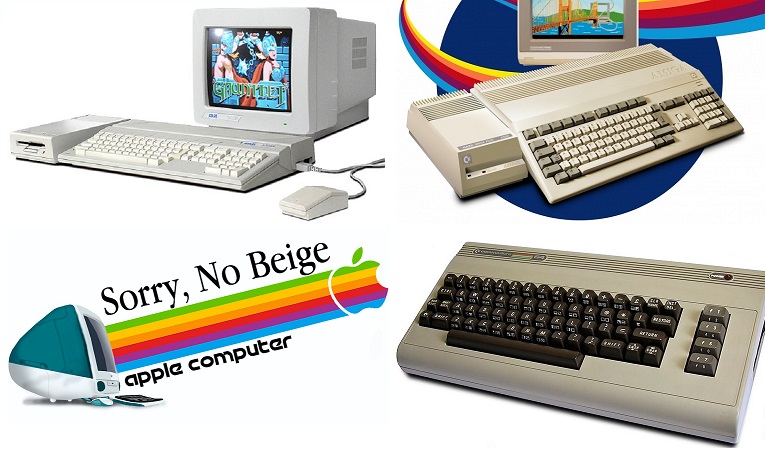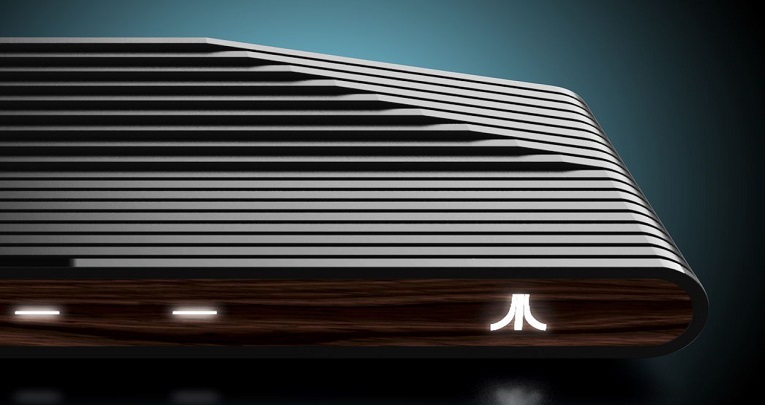
The 1980s marked a pivotal period in the history of video gaming, with the rise of personal computers leading to a revolution in the European gaming market. During this decade, several iconic computer brands emerged, including Apple, IBM, Atari, and Amiga, each leaving a lasting impact on the gaming landscape. We explore how these computer systems contributed to the gaming industry’s growth, shaped gaming culture, and laid the foundation for future advancements. Unlike earlier gaming platforms, personal computers offered versatility, allowing users to not only play games but also perform other tasks like word processing and programming. This versatility set the stage for personal computers to become a central hub for entertainment and productivity. Atari computers, especially the Atari ST series, played a pivotal role in shaping the European gaming scene. Launched in the mid-1980s, the Atari ST offered impressive audio-visual capabilities, making it a preferred choice for gaming enthusiasts and creative individuals alike.
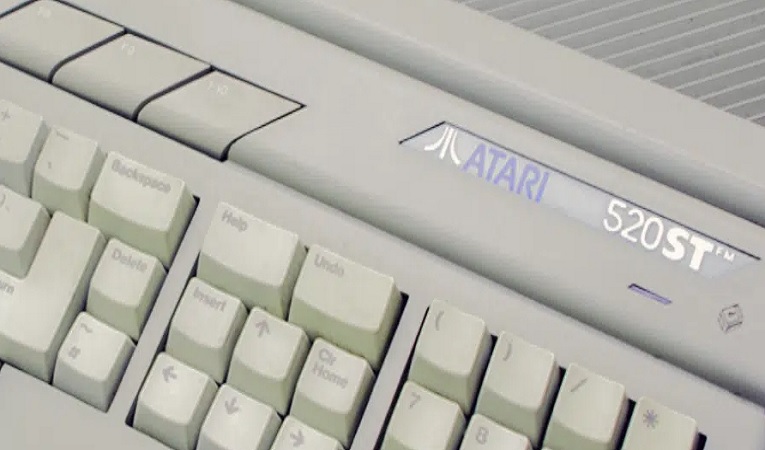
The Atari ST’s MIDI capabilities made it a hit with musicians and artists, leading to the development of music creation software and multimedia applications. Additionally, the platform’s user-friendly nature attracted hobbyist game developers, resulting in a flourishing demoscene and an abundance of innovative games that pushed the boundaries of what was possible in the 1980s. The Commodore Amiga series quickly became synonymous with gaming excellence in the European market and started to replace the legendary Commodore 64 home computer. Launched in 1985, the Amiga computers boasted advanced graphics and sound capabilities, far surpassing its competitors at the time. This advantage allowed developers to create visually stunning and immersive gaming experiences. Amiga’s impact on the European gaming market was mostly in Germany and the United Kingdom. A lot of classic games titles are still loved today. Genres like platformers, point-and-click adventures, and shoot-’em-ups thrived on the platform, and game developers found creative ways to harness the Amiga’s capabilities to deliver cutting-edge gameplay. PCs of the 1980s varied significantly in terms of hardware capabilities due to the open architecture and various manufacturers producing compatible systems. Early PCs like the IBM PC had limited graphics and sound capabilities, making them less suitable for gaming.
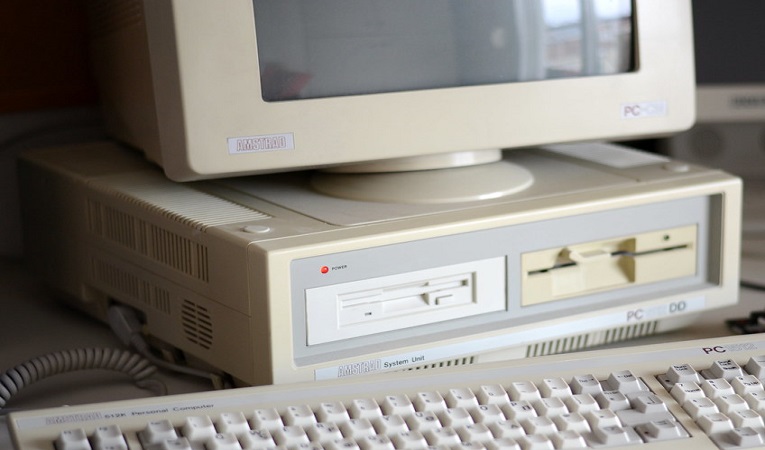
However, as technology advanced and the market grew, more game developers started creating software for PCs. The 1980s marked without doubt the birth of gaming culture in Europe. As personal computers became more accessible, gaming communities and clubs started to emerge, allowing enthusiasts to come together, share experiences, and exchange tips and tricks. Magazines dedicated to gaming became prevalent, fostering a sense of community and providing coverage of the latest games and industry news. Moreover, the rise of European game development companies began to challenge the dominance of American and Japanese game developers. Companies like Bullfrog Productions (UK) and Cryo Interactive (France) made significant contributions to the European gaming scene, creating titles that garnered international acclaim. In the end, PC gaming, Amiga gaming, and Atari gaming each had its unique strengths and contributions to the gaming industry. PC gaming started relatively modestly but gained momentum as technology advanced and software support improved. Meanwhile, Amiga and Atari gaming capitalized on their superior hardware capabilities, delivering visually impressive and immersive experiences that set them apart from other platforms. The diversity of these platforms contributed to a varied gaming landscape, with each catering to different audiences and preferences. Although the PC-Windows eventually became the dominant gaming platform in the following decades, the legacy of Amiga and Atari gaming lives on, with many classic titles from that era still cherished by retro gaming enthusiasts today.







